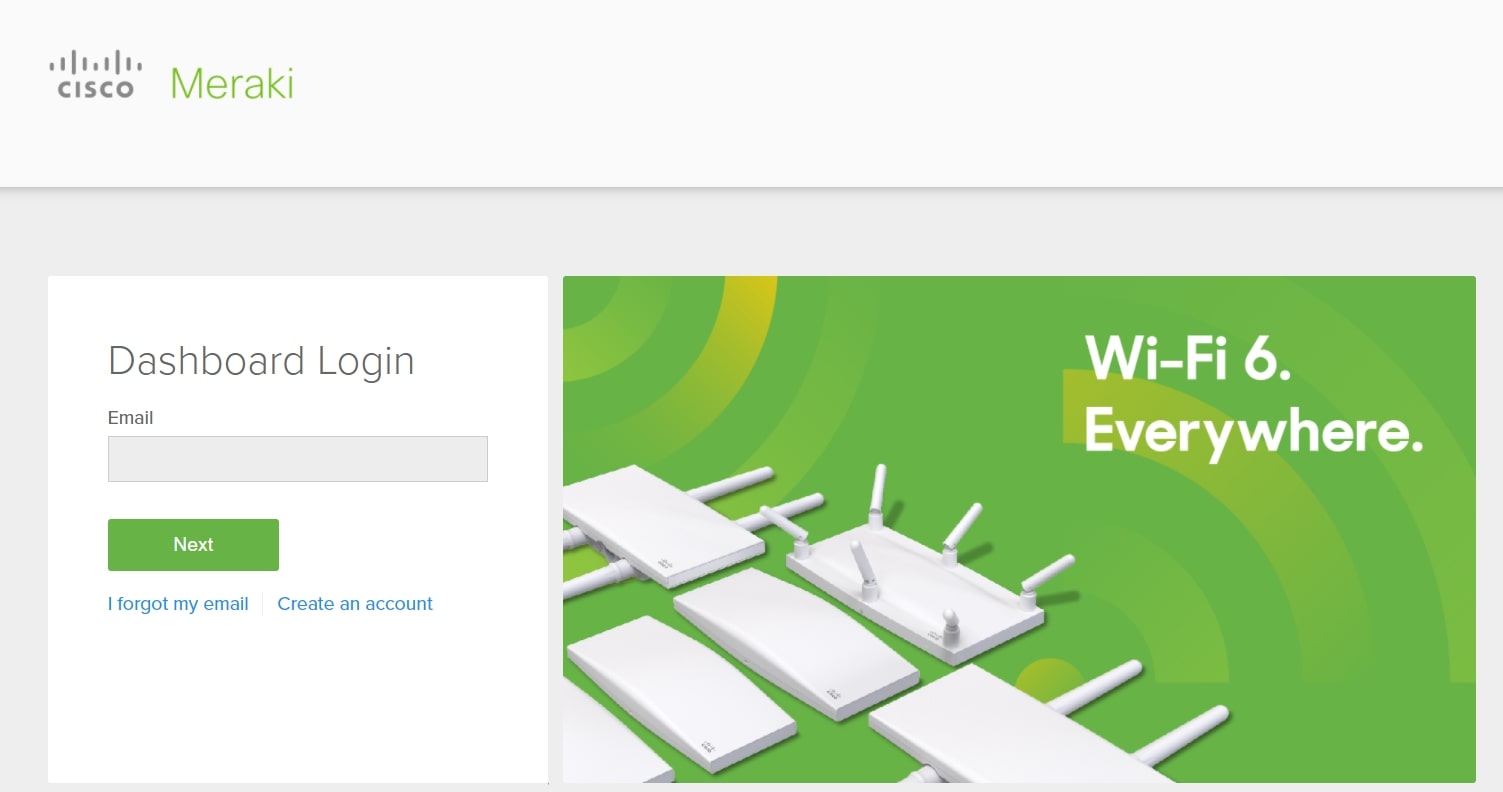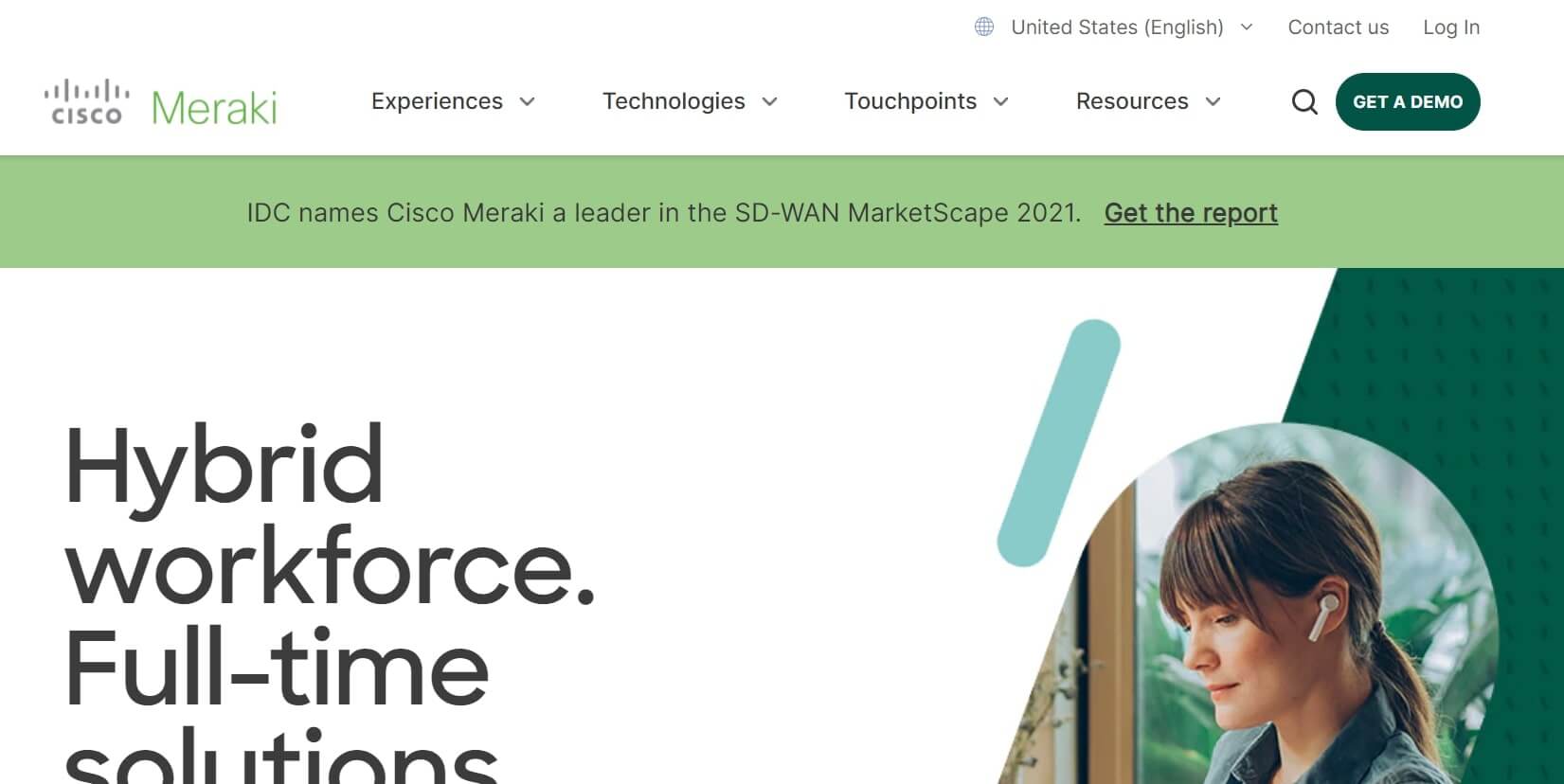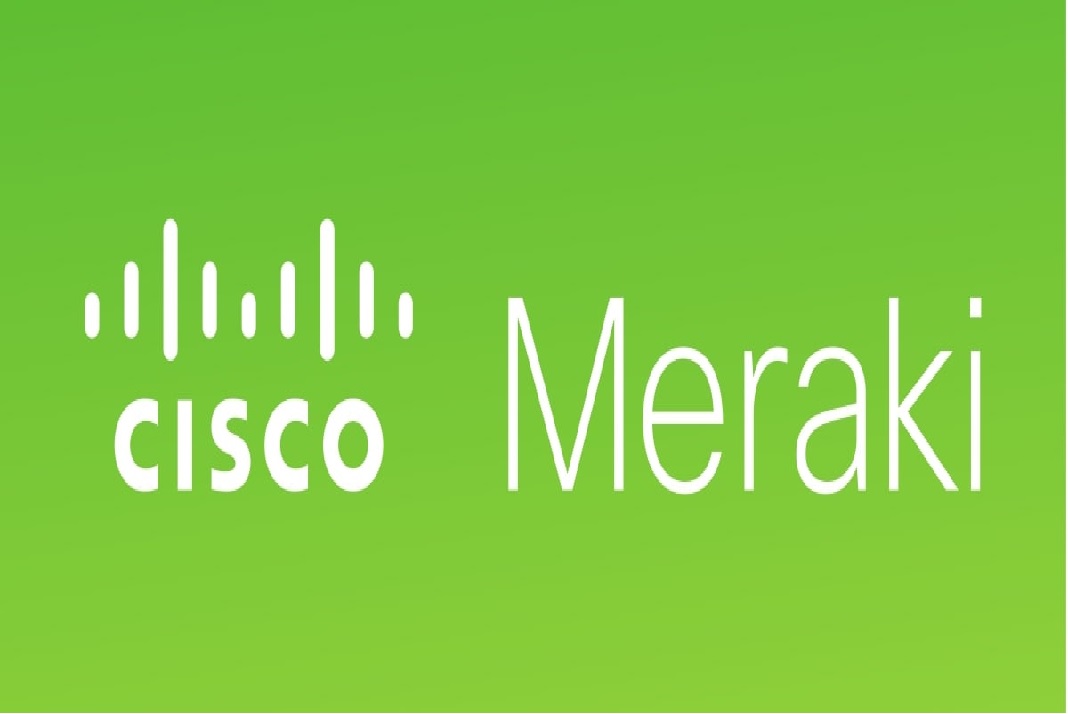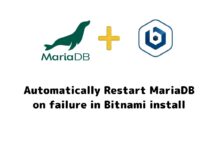Are you curious about the Cisco Meraki but not sure what is does and how to use it? Then you have clicked on the right website as the title is; I assure you it is not clickbait. In this article, you will find all the answers related to the Meraki as you patiently read further.
Imagine that you have just purchased a Cisco Meraki product, and here I will explain how cloud networking works. You first create an account in a cloud portal which is Meraki in this case.
Furthermore, you can go to dashboard.meraki.com and create your account. After creating your Meraki account and having a stable internet connection, you are ready to create your environment.

How Does Cisco Meraki Work?
When you plug a Meraki firewall into the internet, it reports back to the Meraki controller and downloads its configurations. However, it does not just stop with the Meraki firewall. It could be the MS switch you could have with MR series Wi-Fi or MV series camera. Moreover, it can have a phone and mobile devices too.
You still have one Meraki account port, and no matter how big your infrastructure is, all of the check-in and download to the Meraki configurator. Furthermore, you could connect to one MV, Wi-Fi, or firewall or have thousands of devices and firewalls.
So, now you can create as many sites as you want and connect all of them to your Meraki dashboard. But, then, you have to access just one cloud portal to access your global infrastructure further.
Must Read: How To Create Your Own VPN?
What Is Cisco Meraki?
Meraki is a secure, simple, cloud-managed networking primarily aimed at solving business pain points. Businesses that want a robust backbone need a platform to build technologies on but not something they want to be bogged down while managing.
Therefore, Meraki is the perfect solution that is simple, secure, and enables massive amounts of data to be transmitted via the network. In a way that is safe for users and secure as it encrypts everything that ensures that there is no warranty for unwarranted access to be granted to that data.

In addition to this, the Meraki dashboard is a cloud platform that decoupled the control plane from the actual logic plane. Thereby enabling things like remote troubleshooting where if you have got multiple geographically dispersed sites, you can manage them easily.
Advantages Of Meraki
- Meraki solves some of the complex business problems that today’s organization faces.
- Network Security aka Firewall, unified threat management, Sandboxing and Intrusion Prevention
- Simplifying Management or monitoring of complex networks, which is a true single plane of glass
- Flexible scalability and functionality like SD-WAN + Future proof example smart cameras
- Lean IT teams are increasing effectiveness without increasing employees
- Troubleshooting in respect to speed and effectiveness
- Save time by focussing on adding value and not running your network
- Moreover, reduce the total cost of ownership by focussing on quality, high performance, and long-lasting solutions.
- It offers businesses full network solutions
- Low cost of ownership
Core Cisco Meraki Products
Cisco Meraki has eight products that businesses will find very useful. Let’s take a look at them below.
- Meraki Dashboard: It is a cloud-based dashboard for managing and monitoring every Meraki product. Examples include Meraki App Marketplace and REST API.
- MX: Meraki security appliances like routing, SD-WAN, Next-Gen Firewall, Unified threat management, Auto VPN, and 4G Failover.
- MS: Meraki switches are cloud-managed like Multi GbE + Fiber, Virtual Stacking, and L7 Visibility.
- MR: Meraki Wireless Access Points, including Wi-Fi 6, Indoor and Outdoor wireless access points.
- MG: Meraki Wireless Gateways, which includes cellular wireless gateways for reliable 4G primary internet connectivity.
- MV: Meraki Security cameras, including cloud-managed smart cameras and 3rd party applications.
- SM: Meraki Systems Manager includes mobile device management for all common operating system software.
- MI: Meraki Insight which includes application performance tracking.
Conclusion

To understand how a Meraki works, in summary, visualize this for a moment. Keep all the saas applications connected through the internet for the end-user.
On the one hand, you can have a Meraki dashboard, and on the other end, you can have MX Router, Next-gen Firewall, UTM, SD-WAN, and other services. Furthermore, you can access all the devices from the Meraki cloud account on the dashboard.
Also Read: What Is Airtable Service And How It Helps Your Business?




































